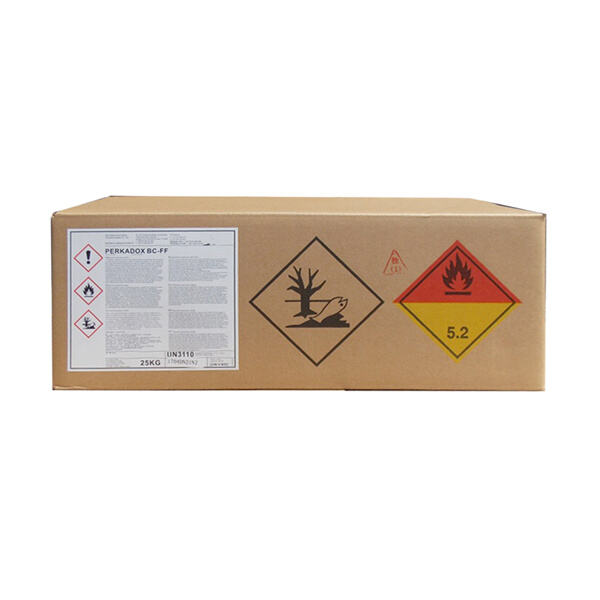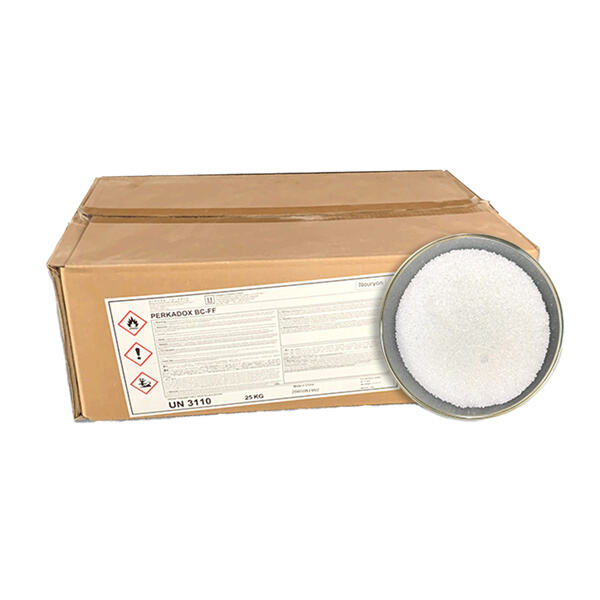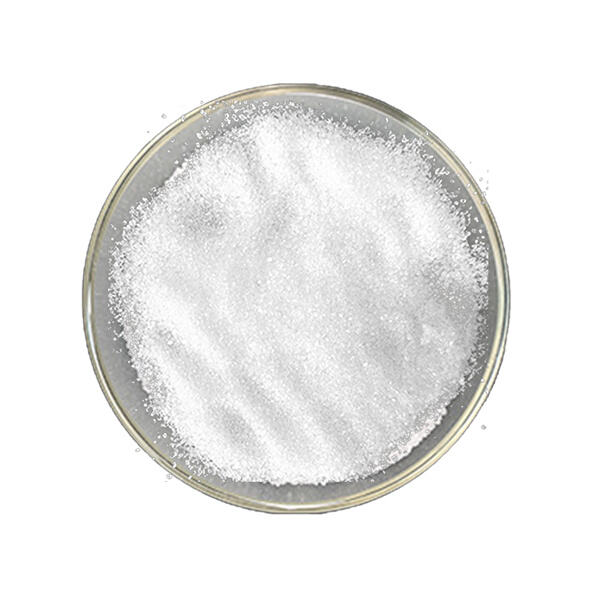Dicumyl peroxide is a special kind of chemical that binds materials together to make them strong. When we add dicumyl peroxide into the mixture, it encourages the other substances to stick together and create strong chains. This process is known as crosslinking and is used to create products like rubber and plastics.
Dicumyl peroxide is an organic peroxide. It is always used to initiate reactions, which create new substances. When we mix dicumyl peroxide with other chemicals, it initiates a reaction that connects the molecules to make long chains. It’s called polymerization and is used to make a lot of things we use every day.
Note: It is crucial to be cautious when working with dichumyl peroxide, because if misused it can be hazardous. Dicumyl peroxide may catch fire when it becomes too hot or encounters sparks. We need to store it in a cool, dry place away from heat, and don gloves and goggles when we use it.

When thread locker is heated, it decomposes into smaller molecules and heat. It generates little reactive bits called free radicals. These radicals can subsequently react with other molecules to cause polymerization and crosslinking. In factories, engineers regulate this process so that everything is safe and efficient.

In addition, in the rubber industry, dicumyl peroxide is applied as a strengthening agent for rubber. Whisked into rubber, it helps tie rubber molecules together, making the rubber tougher and more durable. It’s crucial for creating products like tires, hoses and seals that must be able to hold up under high heat and pressure.

Dicumyl peroxide isn’t just for rubber — it’s used in many other industries as well. In plastics, it makes materials stiffer and more able to resist heat. In electronics, it is thrown by the handful into cables and wires to make them perform better. In general, dicumyl peroxide has a significant role as it serves to enhance a large number of products in a variety of industries.